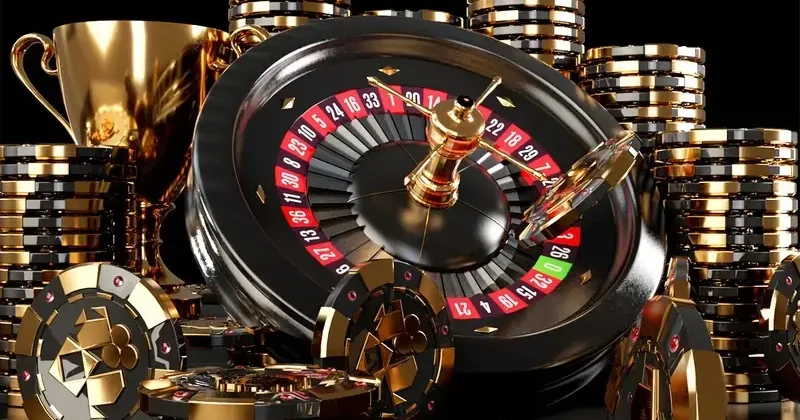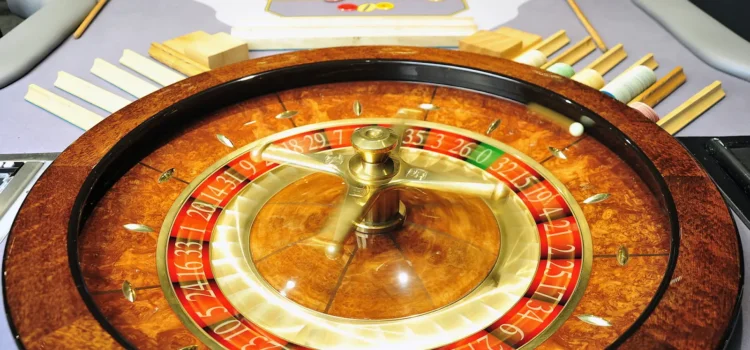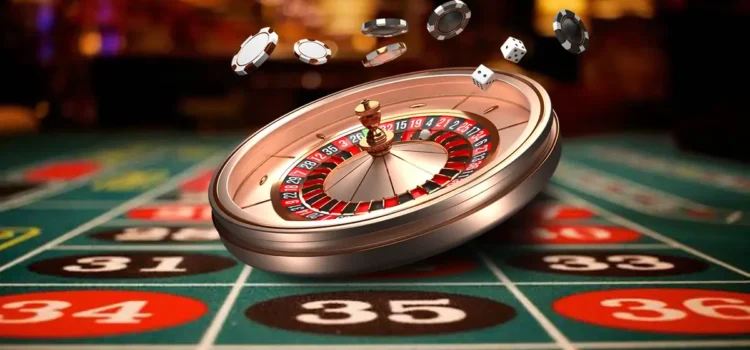
In the world of sports, success is often celebrated, but it’s the stories of athletes who rise from failure to greatness that truly captivate our hearts. These are the stories that offer real hope, showcasing that no matter how dire the circumstances, perseverance and determination can turn the tide. Here are ten inspiring stories of athletes who overcame adversity to achieve extraordinary success.
1) Glenn Cunningham: Overcoming a Tragic Accident
Glenn Cunningham’s story is nothing short of miraculous. As a young boy, Cunningham was severely burned in a fire that left doctors believing he wouldn’t survive. The burns devastated the lower half of his body, and it was presumed that he would never walk again. But Cunningham was determined not to let the fire define his life. After years of painful rehabilitation, he learned to walk again, then to run. His hard work and persistence led him to run the world’s fastest mile in 1934, at New York City’s Madison Square Garden. Cunningham’s transformation from a victim of a tragic accident to a world-class athlete is a testament to the power of the human spirit.
2) Michael Jordan: Failure as Fuel
Michael Jordan is often hailed as the greatest basketball player of all time, but his early career was marked by failure. As a high school sophomore, Jordan was cut from his basketball team due to his perceived lack of skill and height. At 5’11”, he was deemed too small to succeed at the highest level. However, Jordan refused to accept rejection as his fate. He channeled his frustration into hard work, continuously striving to improve. In his own words: “I’ve missed over 9000 shots in my career, I’ve lost almost 300 games. 26 times I’ve been trusted to take the game’s winning shot and missed. I’ve failed over & over & over again in my life. And that is why I succeed.” This mindset fueled his remarkable journey, propelling him to become the undisputed king of basketball.
3) Sandeep Singh: A Hero’s Comeback
Sandeep Singh, a renowned Indian hockey player, was known for his exceptional drag flicking skills, with a top speed of 145 km/h. In 2006, while traveling to join the national team, he was accidentally shot in a train. The gunshot paralyzed him, leaving him confined to a wheelchair for two years. Despite the severity of the injury, Singh’s determination to return to the game never wavered. After years of recovery, Singh made a heroic comeback to international hockey. His resilience and refusal to accept defeat made him one of the most celebrated athletes in Indian sports history.
4) Babe Ruth: Striking Out to Hitting Home Runs
Babe Ruth, one of America’s most legendary baseball players, wasn’t always the symbol of success he’s known for today. Early in his career, he held the record for the most strikeouts, a statistic that painted him as a failure in the eyes of many. However, Ruth’s mindset was clear: “Every strike brings me closer to the next home run.” Instead of being discouraged by his setbacks, he used them as motivation. Eventually, his philosophy paid off, and Ruth became one of the most powerful hitters in baseball history, breaking records for home runs that would stand for decades.
5) Ravindra Jadeja: Rising from Humble Beginnings
Ravindra Jadeja’s rise to the Indian cricket team is a story of perseverance. Born into a modest family, Jadeja faced financial struggles as his father worked as a watchman, and his mother was a nurse who spent much of her earnings on his cricket kit. After the tragic loss of his mother at the age of 17, Jadeja was devastated and considered giving up his dreams. However, he remembered her last wish: to see him wear the national colors. Despite early struggles and criticism, Jadeja went on to become one of India’s finest all-rounders, proving that hard work and resilience can overcome even the most difficult challenges.
6) Milkha Singh: The Reluctant Runner
Milkha Singh, better known as “The Flying Sikh,” had a tumultuous early life, which could have easily derailed his career. Raised in a turbulent environment, Milkha initially sought a life of rebellion, but fate had other plans. He joined the Indian Army and began running, though his initial attempts at competitive running were far from successful. Nevertheless, Singh refused to give up, and after several failed attempts, he went on to achieve greatness. His resilience led him to win several prestigious races, and he became one of India’s most celebrated athletes.
7) Mansur Ali Khan Pataudi: One-Eyed Cricket Legend
Mansur Ali Khan Pataudi, fondly known as Tiger Pataudi, is another inspiring figure in Indian cricket. At the young age of 20, Pataudi lost his right eye in an accident. Despite this setback, he refused to give up on his cricketing aspirations. With intense focus and practice, Pataudi learned to adapt and bat with one eye, an extraordinary feat that helped him lead India to many victories. His resilience and determination made him a cricket legend, and his story continues to inspire athletes around the world.
8) MS Dhoni: From Ticket Collector to Cricketing Icon
MS Dhoni’s rise to the top of Indian cricket is a story of persistence, hard work, and unshakable belief. Before he became the captain of the Indian cricket team, Dhoni was just a young man working as a ticket collector in Kharagpur. Despite his passion for the game, he faced several struggles in his early career, including doubts about his place in the national team. But Dhoni’s dedication paid off, and he eventually led India to victory in major tournaments, including the ICC World Cup and the ICC Champions Trophy. Dhoni’s journey from a small-town boy to one of the greatest cricket captains in history exemplifies the power of perseverance.
9) Mark Cuban: Failure to Fortune
Mark Cuban’s entrepreneurial journey is a testament to resilience. Before becoming a billionaire owner of the NBA’s Dallas Mavericks, Cuban tried his hand at various careers, including as a carpenter, cook, and waiter. None of these ventures were successful, but Cuban refused to let his failures define him. He eventually became a successful businessman, and by 2000, he had acquired the Dallas Mavericks. Cuban’s story is a powerful reminder that failure is not final and that success can be achieved with the right mindset and determination.
10) Dhoni’s Quote on Resilience
One of the most powerful quotes from MS Dhoni is: “You don’t play for the crowd, you play for the country.” This quote perfectly encapsulates the mental fortitude required to reach the top. Dhoni’s success story is a shining example of how, through resilience and focus, athletes can transform setbacks into stepping stones for greater achievements. His journey proves that success comes to those who are not afraid to fail and who continuously strive for improvement.
Conclusion: The Power of Perseverance
The inspiring stories of these athletes prove that failure is not the end, but a crucial part of the journey to success. Each of these individuals faced enormous challenges and setbacks, but through sheer determination and resilience, they turned their failures into triumphs. Their stories are a reminder that perseverance, belief in oneself, and the willingness to keep fighting are often the keys to achieving greatness, no matter how difficult the road may be. These athletes are living proof that failure is simply a stepping stone on the path to success.

















